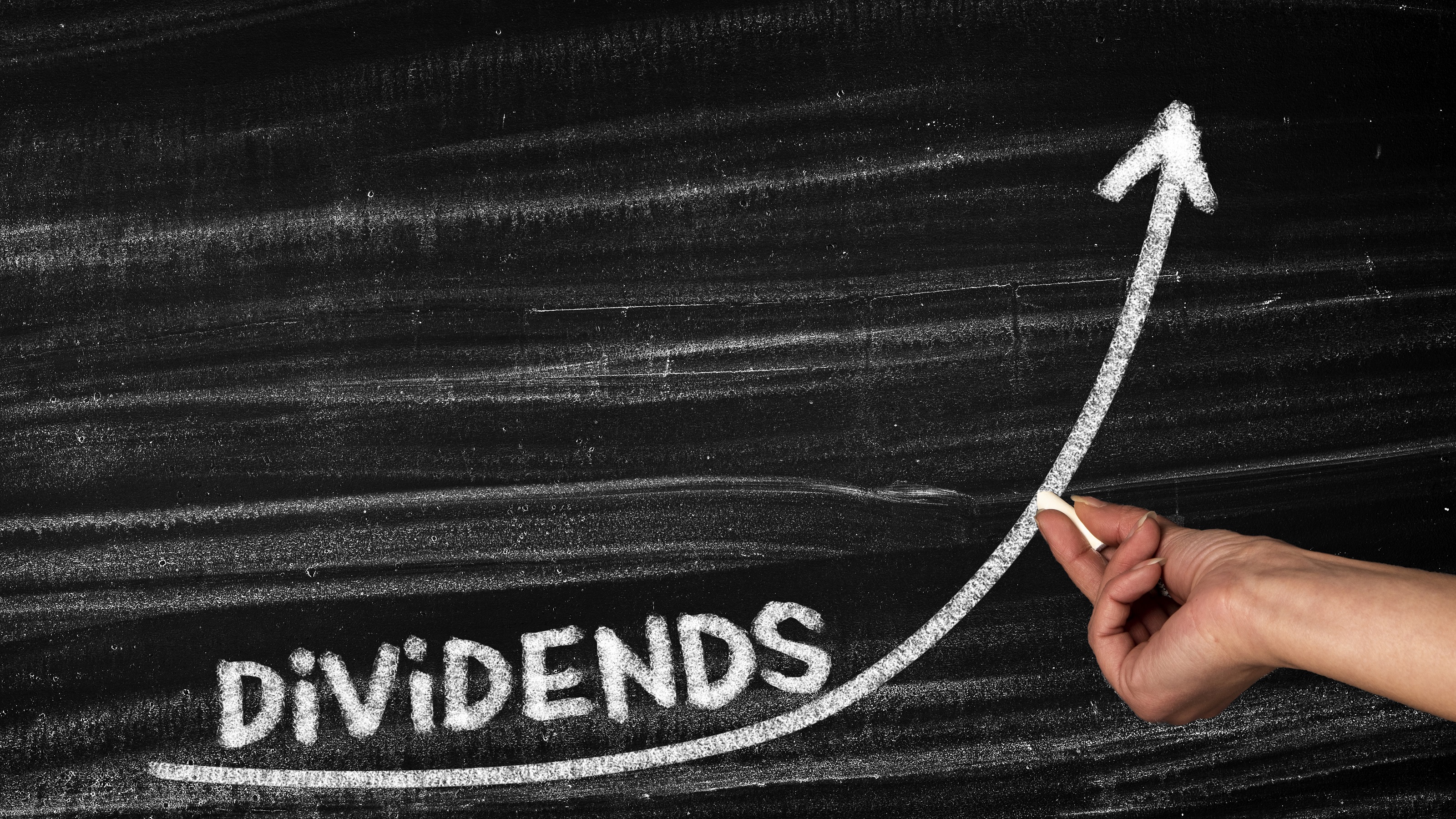
Income investors love dividends. They own a portfolio of world-class businesses, sit back and let the cash roll into their accounts. Sounds great, right? It pretty much is.
But what if I told you there’s an even better way to invest? Instead of focusing purely on dividend yield, there is a broader metric that can improve your results that’s worthy of your attention: shareholder yield.
When it comes to analyzing stocks, there’s rarely anything new under the sun. But shareholder yield is a relatively new concept. The term was first introduced in the 2005 paper “The Case for Shareholder Yield as a Dominant Driver of Future Equity Returns.”
The idea is straightforward. A company has a finite number of ways it can use its free cash (that is, cash that’s available after paying for planned capital investments, taxes and interest payments). The company can use free cash flow to:
- Pay cash dividends
- Repurchase stock
- Reduce debt
- Acquire another business
- Reinvest in the company
The last two applications involve growth. And if a company can generate a strong return on reinvested capital, that’s great. But income investors are rightly concerned with how profits get distributed to them, the company’s shareholders.
It’s the first three uses of cash (paying dividends, repurchasing stock and paying down debt) that comprise shareholder yield. Let’s take a closer look at each one:
Dividends. Most investors are familiar with this type of shareholder return. A company will distribute some of its cash to shareholders. Usually, American companies do this quarterly. Many international companies pay out once or twice per year. The term “dividend yield” simply refers to how much the company is paying out in annual dividends relative to its stock price.
As an example, retailer Target (TGT), has paid $4.36 per share in dividends over the past 12 months. Its current stock price is $108.21. That equates to a trailing 12-month dividend yield of 4.0%. That’s well over double the dividend yield of the S&P 500.
In addition to regular dividends, some companies further reward shareholders with special dividends — one-off payments akin to getting an unexpected bonus check. This is a pretty common practice among energy and other commodity companies, but certainly not exclusive to them. Costco (COST), as an example, has paid out four special dividends since 2011.
Stock repurchases. These are also known as share buybacks. This is when a company repurchases its own shares from existing shareholders. Stock repurchases benefit current shareholders who are looking to reduce their ownership (it provides additional liquidity). And it can benefit shareholders who don’t want to liquidate, because when the number of outstanding shares is reduced through repurchases, that means investors who keep their shares end up owning a larger percentage of the company (and are entitled to a bigger piece of the profit pie).
Online marketplace operator Etsy (ETSY) is a company that could easily be looked over by income investors. It doesn’t pay a dividend at all. Instead of paying cash to shareholders, it has spent over $576 million buying back stock over the past 12 months.
Debt reduction. This is the component of shareholder yield that isn’t particularly intuitive. It’s certainly a more subtle way of rewarding shareholders. By reducing interest costs, companies can funnel more future profits to shareholders. Debt reduction also increases the percentage of the enterprise value that is owned by equity shareholders — just like when a homeowner pays down their mortgage, the net value of their home goes up (value of home – mortgage debt = equity value).
Airline operator Alaska Air (ALK) doesn’t pay a dividend, and share buybacks have been modest. Instead, it has been focused on paying down debt, to the tune of $295 million over the past 12 months.
When you combine these three components — dividends, buybacks and debt reduction — you get shareholder yield. The three companies used to demonstrate these components operate very different businesses. How they allocate their cash varies quite a bit as well. Yet, when looked at through the lens of shareholder yield, they have a lot in common.
Source: Bloomberg, SAM analysis. Data as of 11/13/23.
If you’re an investor who’s looking only at dividend yield, you’re missing the broader shareholder return picture. At SAM, we’ve found that approaches emphasizing shareholder yield can outperform the broader market over time. That’s why shareholder yield is a big priority in our Income strategy. If you’re investing on your own, we highly recommend going the extra mile to calculate shareholder yield. Or if you have an adviser, it’s worth finding out if they’re making those calculations on your behalf.
Stansberry Asset Management ("SAM") is a Registered Investment Advisor with the United States Securities and Exchange Commission. File number: 801-107061. Such registration does not imply any level of skill or training. This presentation has been prepared by SAM and is for informational purposes only. Under no circumstances should this report or any information herein be construed as investment advice, or as an offer to sell or the solicitation of an offer to buy any securities or other financial instruments.







